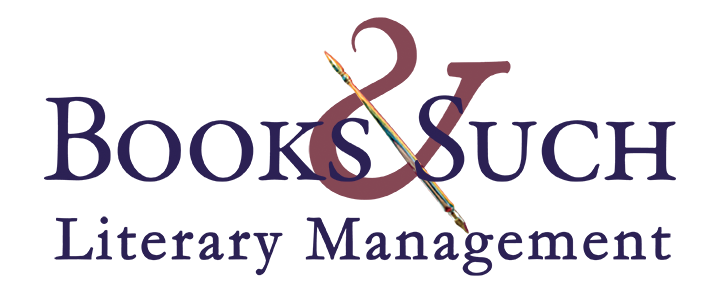Blogger: Michelle Ule
Location: Main office, Santa Rosa, CA
Everyone knows the best-selling book of all time is the Bible. And why not? Versions of the Hebrew Scriptures were first written in velum circa 200 B.C. If your book has been “in print” for more than 2,000 years, you’ve had a lot of time to sell texts.
In terms of the whole Bible, followers of John Wycliffe, an English theologian and reformer, put together his translation circa 1380. Also known as the Lollard Bible, 170 copies are still in existence.
In 1455 Johannes Gutenberg of Mainz, Germany printed a Bible on a printing press with movable type–the first book so created in the western world. The rest is history.
Modern best-seller lists don’t include the Bible because, with all the versions out there–not to mention all the copies given away for free, there’s no reliable way to tabulate the number sold. That’s also true of the Koran.
Both sacred texts provide clues to how to become a best-seller–by selling many copies in a week or by selling lots of copies over months, or in this case, centuries.
Here in America, the first best-selling book was the 1640 Bay Psalm Book. 1700 copies were published, and they sold out immediately. During that time, the length of a book determined whether it would be a best-seller. The shorter the better since paper was expensive. During the late 17th century, the most widely read book was Pilgrim’s Progress (1678) and an abridged version of Foxes Book of Martyrs.
Similarly, Robinson Crusoe, a relatively short novel published in 1719, was the first international success story.
The best-selling novel of all time? As best as experts can tell, it’s Charles Dickens’s A Tale of Two Cities with more than 200 million copies published since 1859. Number two is The Lord of the Rings with a mere 150+ million copies sold. The “over 100 million copies sold” list is rounded out with The Hobbit, Dream of the Red Chamber (Chinese, circa 1720) and Agatha Christie’s 1939 And Then There Were None.
According to a May 2007 New York Times article, “The Greatest Mystery: Making a Best Seller,” the publishing industry depends on perennial sellers and best- sellers to make money. While they like best-selling authors, they’re really looking for “lightning strikes”–surprise best-sellers such as Marley and Me or The Nanny Diaries. In the Christian world, that would include books like The Purpose Driven Life or The Shack.
As many people know, The Shack was written by author William Young for his six children. It was only when others read the book and encouraged him to publish that he sought to produce a professional book. Turned down by agents and publishers alike, Young self-published the book, and with two partners, sold copies out of the trunks of their cars. Word of mouth spread, and once they had sold 100,000 copies, a royalty-paying publisher took on the book. It’s now sold more than 15 million copies.
So do these titles have anything in common?
Can we reach any conclusions about what makes a best-seller based on looking at past titles that have made the list?
Part one is here: The New York Times Best seller’s list and me.
Part three is here: Best-Sellers: Two Writers Weigh In.
Tweetables
What puts a book on a best seller’s list? Click to Tweet
Who wrote the best-selling book of all time? Other than the Bible? Click to Tweet

If you’d like to honor Jewish tradition, Hebrew scriptures were first written on parchment 1300 BCE.
Thanks for the information, Yossi. 3300 years ago and the words are still read and savored today. Wow.
These are really interesting facts, Michele. You put some cool research in here, and I learned something. A Tale of Two Cities–who knew? Not me! Thanks!
I agree, Jill. As soon as Michelle mentioned Dickens I thought A Christmas Carol instead. Then again, I love Christmas more than the average person. 🙂
My conclusion is that in order to be a best seller, your book must:
1) resonate with a diverse group of people;
2) have something special that totally captivates your audience;
and 3) be evergreen.
Am I even close to the mark?
Thanks for a thought-provoking post, Michelle.
From looking over your list of fiction best-sellers, a common denominator seems to be that each author had stepped forward with a fresh idea (or else a totally reconstructed version of an older idea). None of them was riding the tail end of someone else’s literary wave.
With Tolkien, sure, there had already been fairy stories involving goblins, elves, dwarves, etc. But this guy spent years grooming his tale into an epic saga that captured even adults’ imaginations.
Defoe’s Robinson Crusoe wasn’t the very first story of a civilized man stranded on an uncivilized island, but it was new enough to succeed by whisking readers to an exotic land they had never visited before.
In each case mentioned, the author wasn’t inventing the rings, shacks, diaries or pet dogs (well, J.R.R. did invent hobbits). However, these authors took familiar words and concepts and then used them to weave wonderfully novel (pun intended!) stories in a way that caught readers by surprise and thus delighted them. Popular delight = best-sellers.
Well, that’s how I view the list, anyway.
Well said, Rick Barry. Another great post, Michelle.